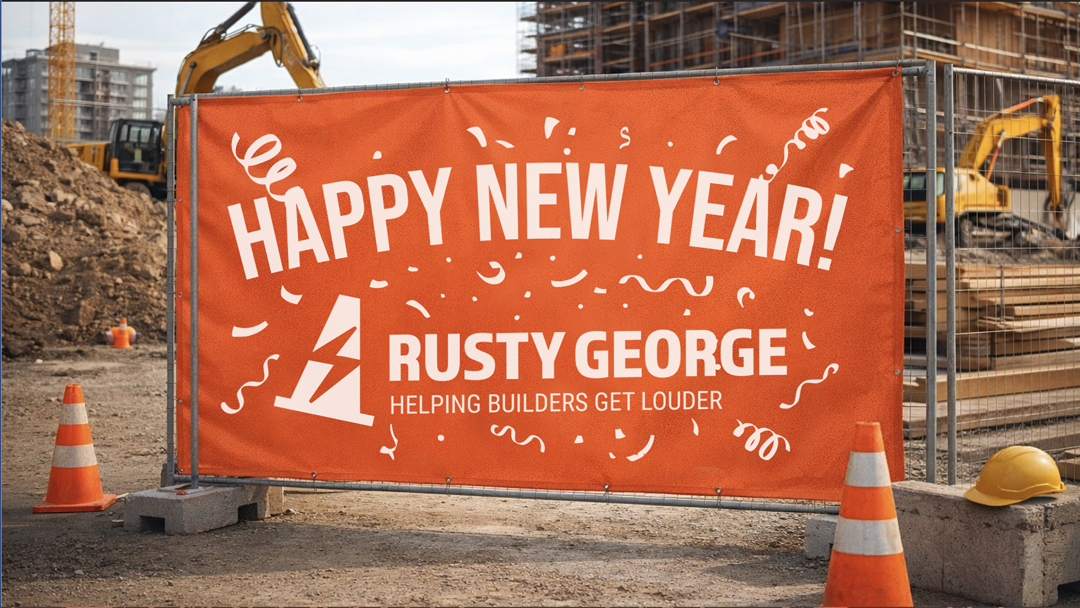Drones Can Take Your Construction Marketing to New Heights
Incorporating drone videography in your construction marketing could set you apart from the competition.

…But beware the pitfalls before they seriously cost you.
It’s no secret that aerial video technology is a powerful new way to take your projects to the next level. Drones have been a game changer in helping businesses of all sizes gather high-quality video footage to update stakeholders on project progress, identify potential job site safety hazards, and share annotated digital maps with your team.
And with new technology introduced everyday, it’s becoming even more affordable for construction teams to incorporate high-quality footage into their marketing. Drones aren’t limited to the same physical restrictions as standard cameras, making it easier to showcase the size and scope of demolitions, tilt-up construction, quarry blasting, concrete pouring, and more.
According to Invidio, online videos comprise 82% of all consumer internet traffic in 2022 (so far), 15 times the rate of online video consumption in 2017. Drone videography can be a great tool for capitalizing on this trend and telling your story in a visual way. And doing it effectively might convince potential business partners and employees to pick you over the competition.
But while they are all the rage in boosting marketing visuals at a fairly low expense, you shouldn’t commit to flying a drone just because you bought one and have dabbled in piloting it as a hobby. In fact, you need to obtain the proper permits to shoot footage for commercial use and avoid facing massive fees.
The only type of drone footage that doesn’t require a permit is that used for non-commercial purposes. That means capturing footage of your newly installed stadium roof during a major sporting event is a big no-no due to regulations. The Federal Aviation Administration (FAA) also requires a commercial permit if you’re flying your drone to gather news, within five miles of an airport, or at an air show.
If you have a small drone that weighs less than 55 pounds, you can fly for work or business under the FAA’s Part 107 exemptions. The footage you’ll likely be shooting in the building industry falls under the third exemption, which requires you to submit a petition “...to perform commercial operations in low-risk, controlled environments.” You’ll also need to brush up on the FAA rules, pass the FAA knowledge test, and register your drone with the FAA.
Once you’re approved to fly your drone commercially, there’s one more thing you’ll want to do: Get permission from GCs if you’re a sub, employees or business partners in the area on the day of your shoot – or at least let them know at the time of filming. It’s not a legal requirement, but it is good etiquette.
Not confident in your drone flying skills? Are you only considering an occasional or one-time shoot? Hiring a skilled freelance pilot to navigate a complex job site will be the most cost-effective solution. In addition to going through rigorous training, their experience allows them to fly safely and effortlessly, like pros!
At the end of the day, what drone video can capture is only effective if it complements your brand story. It should be one tool to help your marketing efforts but don’t rely on drone footage for every web page or social media post. Be sure to switch it up with other tactics, like spotlights on your clients and employees. While the latest flying camera technology may come and go, it's your human quality that your audiences will remember the most.
Ready to take your marketing campaign to new heights? The Rusty George team works regularly with drone videographers in the South Sound who can help elevate your brand image today.
Sources: Sky Revolutions, Eon Visual Media
MORE Insights
Unlock the secrets to transforming your construction company into a marketing powerhouse with Louder Builder.

2026 Starts Now. Five Reminders to Strengthen Your Year Ahead

Small Moves Now. Big Wins Next Year
SIGN UP FOR UPDATES
We will send you our latest insights from Louder Builder as they are released.
CONTACT US
Are you ready to begin your project today? Just have a few questions?
Either way, let’s talk.
